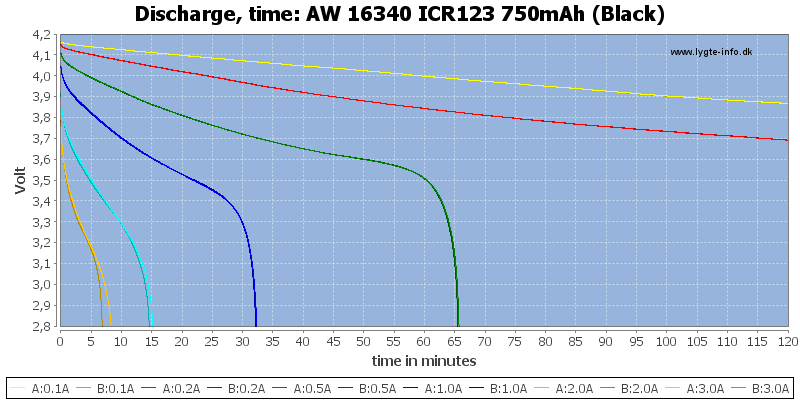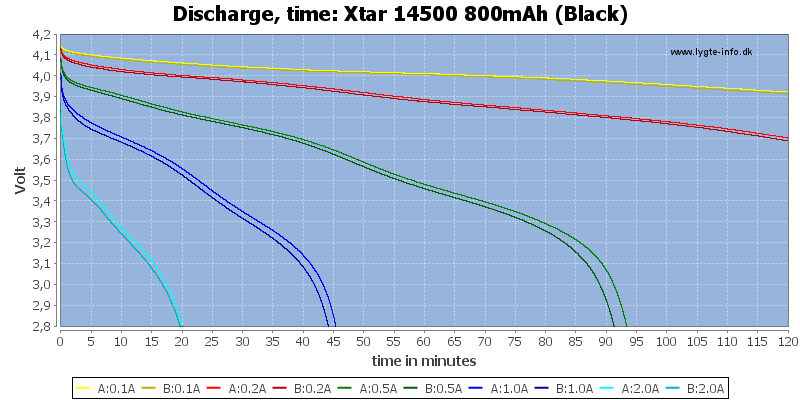BrightLignt
Newly Enlightened
- Joined
- May 11, 2014
- Messages
- 45
There are many threads on this, which I have browsed and not been able to get the information I'm seeking.
I have multiple devices that take CR123a, such as flashlights and endoscopes. I have a nitecore i4 charger, but I can get a new charger if need be. The standard CR123a is 3v while most people seem to recommend the 3.7v rcr123a over the 3.0v (3.2) options.
(1) Isn't it safer to get the 3v RCR123a because I know that my devices support this lower voltage and higher current?
(2) Is my charger (nitecore i4) ok for the 3v and 3.7v RCR123a?
(3) What would you recommend between 3v and 3.7v RCR123a or IMR or standard lithium?
(4) Are IMR safer in that I know they will be able to deliver the current of the standard CR123a? I assume that they will have worse battery life because of the higher current.
(5) Which will have better battery life between the different voltages in high-current situations? I would have assumed the higher voltage would get longer life, but I would have also assumed the lower voltage would be able to support higher sustained current and that doesn't seem to necessarily be the case.
The particular batteries I'm comparing are: "Tenergy 30201 RCR123A 3.0V (3.2V) 900mAh" vs. "Nitecore NL166 RCR123A 3.7V 650mAh" vs. "AW RCR123a Protected 750 mAh"
I'm also concerned that the additional length on some of them will prevent me from using them, but I guess I will just have to try them to find out. Sorry for all the questions, I'm just trying to wrap my head around all this stuff. :thinking:
I have multiple devices that take CR123a, such as flashlights and endoscopes. I have a nitecore i4 charger, but I can get a new charger if need be. The standard CR123a is 3v while most people seem to recommend the 3.7v rcr123a over the 3.0v (3.2) options.
(1) Isn't it safer to get the 3v RCR123a because I know that my devices support this lower voltage and higher current?
(2) Is my charger (nitecore i4) ok for the 3v and 3.7v RCR123a?
(3) What would you recommend between 3v and 3.7v RCR123a or IMR or standard lithium?
(4) Are IMR safer in that I know they will be able to deliver the current of the standard CR123a? I assume that they will have worse battery life because of the higher current.
(5) Which will have better battery life between the different voltages in high-current situations? I would have assumed the higher voltage would get longer life, but I would have also assumed the lower voltage would be able to support higher sustained current and that doesn't seem to necessarily be the case.
The particular batteries I'm comparing are: "Tenergy 30201 RCR123A 3.0V (3.2V) 900mAh" vs. "Nitecore NL166 RCR123A 3.7V 650mAh" vs. "AW RCR123a Protected 750 mAh"
I'm also concerned that the additional length on some of them will prevent me from using them, but I guess I will just have to try them to find out. Sorry for all the questions, I'm just trying to wrap my head around all this stuff. :thinking:



